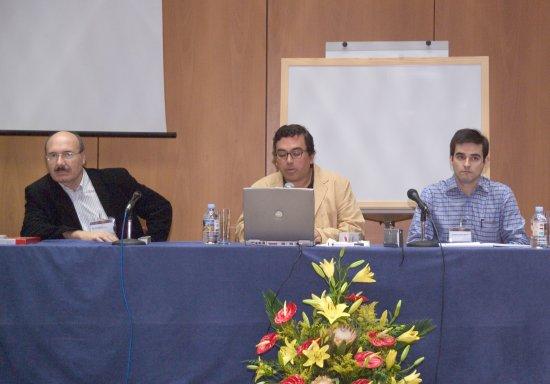It may interest you
-
 The four large sized telescopes of the CTAO on La Palma reach a key milestone in their construction The LST-2 telescope has successfully completed the installation of its camera support structure (CSS), making it the last of the four Large Sized Telescopes ( LST ) to reach this important milestone in its construction at the Roque de los Muchachos Observatory of the Instituto de Astrofísica de Canarias (IAC) on La Palma. This telescope is part of the ambitious CTAO ( Cherenkov Telescope Array Observatory ) project, which will create the world's largest network of telescopes for the detectionAdvertised on
The four large sized telescopes of the CTAO on La Palma reach a key milestone in their construction The LST-2 telescope has successfully completed the installation of its camera support structure (CSS), making it the last of the four Large Sized Telescopes ( LST ) to reach this important milestone in its construction at the Roque de los Muchachos Observatory of the Instituto de Astrofísica de Canarias (IAC) on La Palma. This telescope is part of the ambitious CTAO ( Cherenkov Telescope Array Observatory ) project, which will create the world's largest network of telescopes for the detectionAdvertised on -
 The Instituto de Astrofísica de Canarias (IAC) and the Canary, La Palma Reserve of the Biosphere Foundation have signed a document agreeing on actions to be taken in prevention, early warning and rapid response to exotic invading species on the Island of La Palma, a World Biosphere Reserve.Advertised on
The Instituto de Astrofísica de Canarias (IAC) and the Canary, La Palma Reserve of the Biosphere Foundation have signed a document agreeing on actions to be taken in prevention, early warning and rapid response to exotic invading species on the Island of La Palma, a World Biosphere Reserve.Advertised on -
 The Instituto de Astrofísica de Canarias (IAC) is joining the Earth Hour, a global movement that, once a year, reminds us that nature is the planet’s life support and highlights the environmental emergency that requires collective action.Advertised on
The Instituto de Astrofísica de Canarias (IAC) is joining the Earth Hour, a global movement that, once a year, reminds us that nature is the planet’s life support and highlights the environmental emergency that requires collective action.Advertised on
